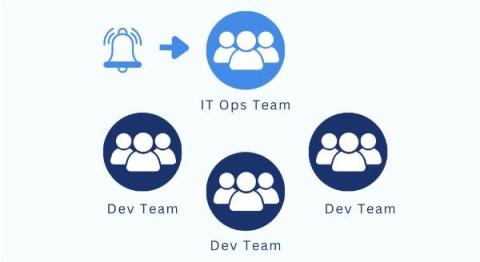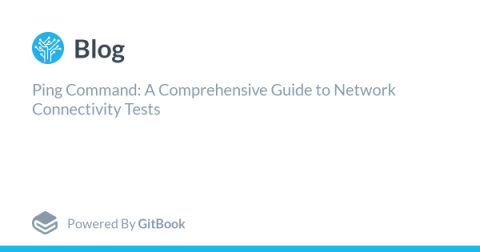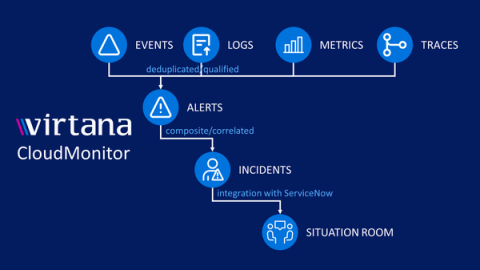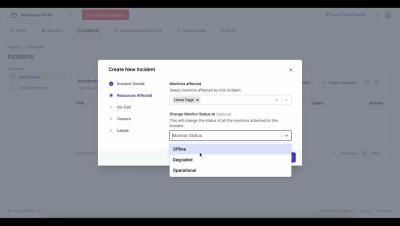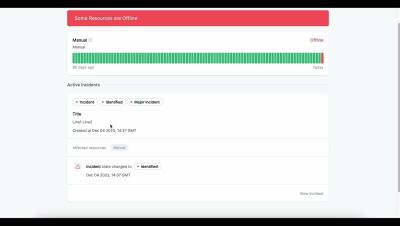Operations | Monitoring | ITSM | DevOps | Cloud
Alerting
On-Call Management Models
In today's fast-paced digital landscape, incident management is crucial for maintaining operational excellence. During this process, on-call management models play a critical role in promptly addressing and resolving incidents. On-call management involves the organization of teams to ensure prompt response and resolution of incidents and is necessary to streamline incident resolution, ensure 24/7 availability, and allow for fair and transparent on-call rotations.
Ping Command: A Comprehensive Guide to Network Connectivity Tests
The ping network test, a core utility since the 80s, plays a crucial role in confirming connectivity between IP-networked devices. In this guide, we'll delve into what the ping command is, how to run a ping network test, common IP addresses to ping, interpreting results, and troubleshooting errors.
OnPage-Slack Integration walkthrough
Events vs. Alerts vs. Incidents
Event. Alert. Incident. These terms are bandied about, often interchangeably, in IT operations management. Broadly speaking, they all refer to situations where something is potentially amiss and needs to be investigated and resolved. Each of these three words does, however, have a distinct definition. Because they are used in scenarios where clear communication and timeliness are critical, it’s important to understand the differences and use them appropriately.
ilert ChatOps: Check on-call status on Slack
How to Route Alerts to Subject Matter Experts Using Squadcast Tagging & Routing Rules?
How to improve your IT alert management: Understanding best practices
As an IT leader, you’re under significant pressure to control the constant alerts. Somehow, you must manage non-stop IT alerts while also ensuring ultra-high service availability. The task is far from easy, and even the most sophisticated teams struggle to keep up and turn alerts into action with tech stacks that are constantly growing in size and complexity. IT alert management is the first line of defense.



